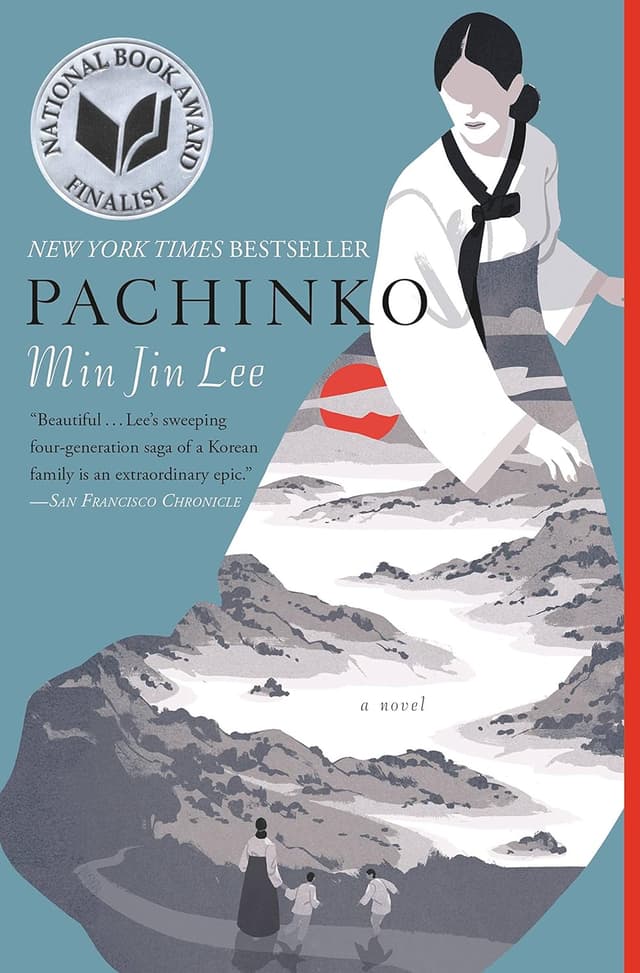Snigdha Sur | November 2, 2020
Why is this interesting? - The Monday Media Diet with Snigdha Sur
On libraries, the power of sleep, and why you should visit Uzbekistan
Recommended Products

One of the all-time faves from the last few years by the narrator.
Snigdha Sur (SS) is the founder & CEO of The Juggernaut, described as “a new publication chronicling the unstoppable rise of South Asia and South Asians.” She got her MBA at Harvard, studied Economics & South Asian Studies at Yale, and spent five months coding at Flatiron School. She was born in Chhattisgarh, India; grew up in the Bronx and Queens, New York; and has worked and lived in Mumbai, India. She can speak Hindi, Bengali, and Mandarin. We’re pleased to have her on the page today. -Colin (CJN)

Tell us about yourself.
I’m Snigdha, founder & CEO of The Juggernaut, a media company and community that centers South Asian stories — we view it as an open door where anyone who’s curious about South Asian people, culture, history, politics, business, and more can come in and engage.
I grew up as an only child in New York City, and was born in India. The Bronx and Queens Public Library Cards were probably my first friends. Oh, and I was one of those national spelling bee kids.
Describe your media diet.
We read, watch, and listen to a lot in our household so bear with me.
In the morning, I skim the NY Times, WSJ, and WaPo to catch up on the daily things.
Throughout the day, I’m editing and reading the articles coming up on The Juggernaut. Sometimes, things catch my eye on Twitter.
In the evenings, I’ve been recharging with Gilmore Girls and Arrested Development. On Fridays, I’m watching a Bollywood movie and The Great British Bake Off.
On the weekends, I’m reading The New Yorker, The Cut, and The Information for myself, and the BBC, Reuters, AP, Al Jazeera, The Guardian, TechCrunch, and more to inform The Juggernaut’s free weekly roundup on South Asia news.
And, as a media nerd, I read A Media Operator and consume anything media-related (this past week’s EquityPod had some interesting convos!).
What’s the last great book you read?
So many to choose from! Less by Andrew Sean Greer — I started it during COVID and finished it during Pride Month. What a great way to “travel” and just remember the power of “less.” Some of my all-time faves from the last few years include Pachinko by Min-Jin Lee, anything Jesmyn Ward, An American Marriage by Tayari Jones, Circe by Madeline Miller, and Rohinton Mistry’s A Fine Balance.
What are you reading now?
Why We Sleep by Matthew Walker — my goal is to sleep better for the rest of 2020. I’m also in the middle of The Subtweet by Vivek Shraya and A Burning by Megha Majumdar.
What’s your reading strategy when you pick up a print copy of your favorite publication?
Sadly, we subscribe only to The Economist in print (my partner accused me of being a ‘paper hoarder ’ and compelled me to switch all our other subscriptions to digital). My strategy is to pore through the contents, find the headlines I disagree with most, and read them first to figure out what I’m missing.
Who should everyone be reading that they’re not?
I read Durga Chew-Bose’s Too Much and Not the Mood and couldn’t stop thinking about it. I read Aatish Taseer’s deep profile on Pakistan Prime Minister Imran Khan in Vanity Fair and have been in awe since. (Also, I’m biased, but the writers on The Juggernaut! From Vidya Balachander to Poulomi Das to Sarah Thankam Mathews to Imaan Sheikh to Siddhant Adlakha to Michaela Stone Cross and more — I feel lucky I get to work with them.)
What is the best non-famous app you love on your phone?
The NY Times Crossword app. Wait, is that too famous? Otherwise, my Fitbit app to help track steps and sleep and the Philips Sonicare app to help me brush better (it works, I swear).
Plane or train?
These days, walking. But, in non-COVID times, plane. My philosophy is to travel to places that are harder to get to when younger, and explore my own backyard more as I get older. Of course, we haven’t been doing much traveling during this time.
What is one place everyone should visit?
Uzbekistan. It’s at the heart of Central Asia, has some of the most beautiful architecture (including the rare madrasa that has animal mosaics), and helps explain so much of how the Silk Road transformed the region and the world. Don’t forget to visit Timur Lane’s grave and, if possible, hit up all four major spots: Tashkent, Samarkand, Bukhara, Khiva. I was reading Silk Roads by Peter Frankopan during our trip and it’s a handy history guide. Oh, and bring lots of cash.
Tell us the story of a rabbit hole you fell deep into.
I always go into a rabbit hole whenever my colleague Imaan Sheikh and I discuss Bollywood (like when did chest hair truly go away?) or Michaela Stone Cross writes anything. We’re covering the story of Chippendales and there’s a lot of gruesome murders and people dating and marrying sisters of their original girlfriends!
Thanks for reading,
Noah (NRB) & Colin (CJN) & Snigdha (SS)
—
Why is this interesting? is a daily email from Noah Brier & Colin Nagy (and friends!) about interesting things. If you’ve enjoyed this edition, please consider forwarding it to a friend. If you’re reading it for the first time, consider subscribing (it’s free!).